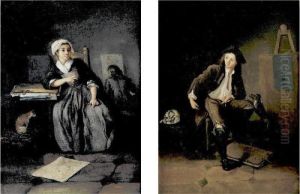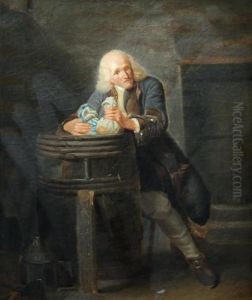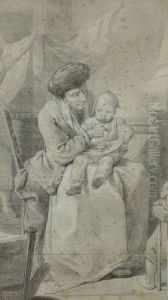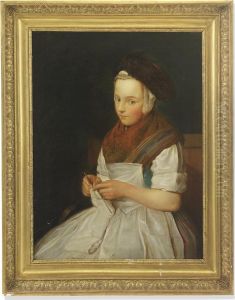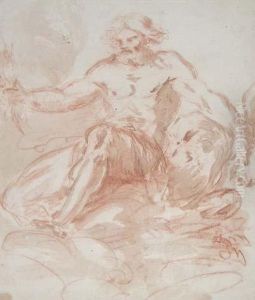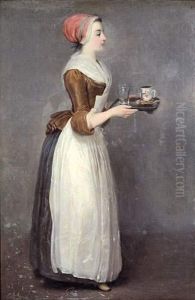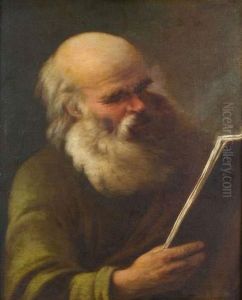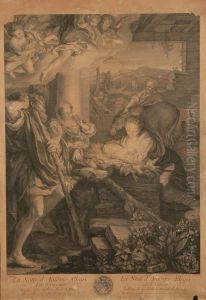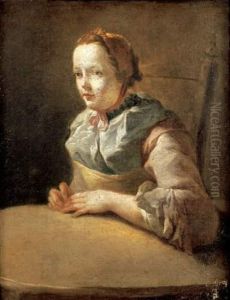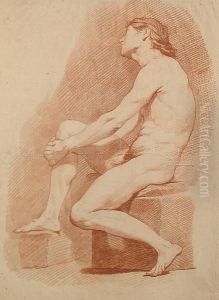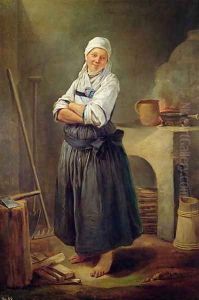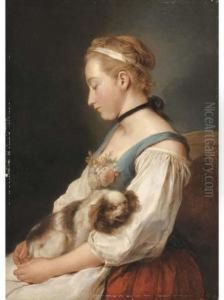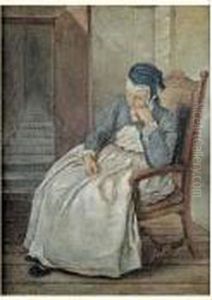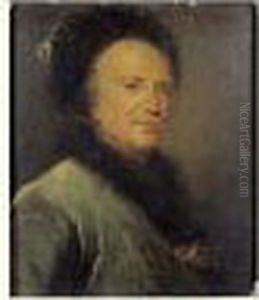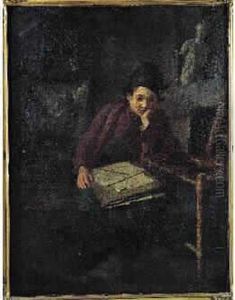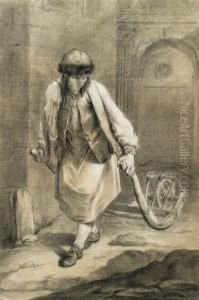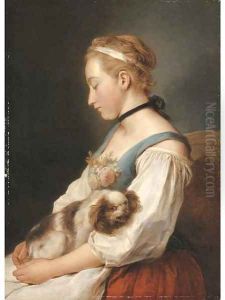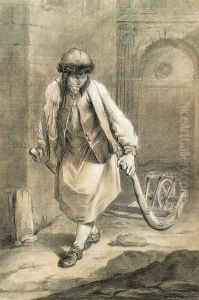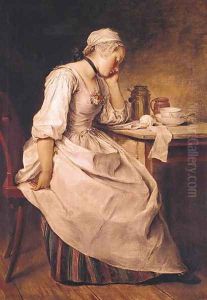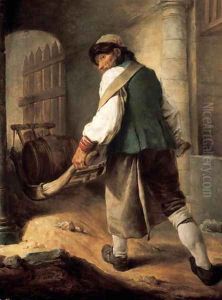Charles-Francois Hutin Paintings
Charles-Francois Hutin was a French painter and sculptor born in Paris in 1715. He was a pupil of François Lemoyne and later became a professor at the Royal Academy of Painting and Sculpture. Hutin's career was influenced by the Rococo style, which was prominent during his time, and he is noted for his dynamic compositions and skillful handling of the human figure.
Hutin traveled to Rome early in his career, where he was influenced by the works of classical antiquity and the Renaissance. His experiences in Rome had a lasting impact on his artistic development. After returning to France, he won the prestigious Prix de Rome in 1737, which allowed him to study at the French Academy in Rome from 1737 to 1743.
During his stay in Rome, Hutin absorbed the influences of the High Renaissance and Baroque periods, which can be seen in the theatricality and movement present in his works. Upon returning to France, he became a member of the Royal Academy and was later appointed a professor there.
Hutin's work includes historical and mythological scenes, characterized by energetic and often sensual figures, as well as a soft color palette. He also created a number of sculptures, although he is primarily remembered for his paintings. Despite his talent, Hutin did not achieve the same level of fame as some of his contemporaries, and his works were sometimes overshadowed by those of more prominent artists of the time.
He continued to work and teach in Paris until his death in 1776. Today, Hutin is recognized for his contribution to the development of French art in the 18th century, and his works are held in various collections and museums in France and around the world.
